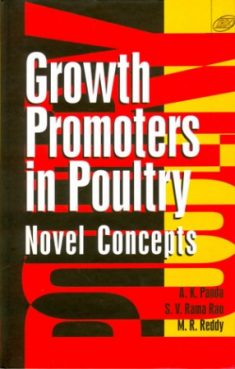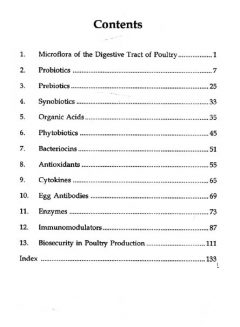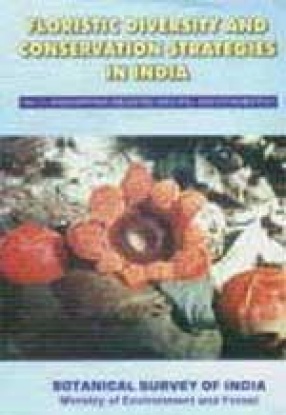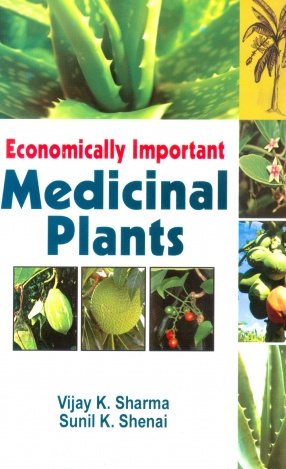The food of poultry origin such as eggs and meat supply high quality and readily digested protein and energy and are also a compact source of readily-available micronutrients. Thus, the economic and nutritional demands of our modern society for food from poultry necessitate the raising of poultry under intensive production system in densely-populated colonies or flocks, which resulted in stress. Under such circumstances, anti-microbial feed additives such as antibiotics are often used to suppress of eliminate harmful microorganisms in the intestine and to improve growth and feed efficiency. However, one major aspect of food production and safety today is the reduction in the use of antibiotics and other medicinal products in the poultry production largely due to fears over bacterial resistance and possible transmission of these antibiotic residues into the human food chain. On the other hand there are increasing demands to improve feed hygiene, to maintain poultry health and welfare, and to reduce and environmental impact of poultry production. During the last two decades considerable research has been done on exploring and beneficial effects from the growth promoters and findings suitable alternative to antibiotics. Research is also going on to find out more such natural products to enhance the performance of poultry. With these aspects in view, this book has been compiled in 13 different chapters and the first five Microflora of digestive tract of poultry, probiotics, prebiotics, Synbiotics and Organic acids. Probiotics, prebiotics and organic acids modulate the gut microflora and may help in alleviating enteric disorder and thereby improve the performance of the birds. Recently considerable attention has been paid to the use of herbal extracts (phytobiotics) and bacteriocins, which are dealt in the Chapter 6 and 7, respectively. Antioxidants maintain the quality of feed and minimize stress in chickens, while enzyme and emulsifiers enhance digestion and utilization of intact nutrients and therefore, fewer nutrients remain in the gut for growth of microbes. Antioxidants influence poultry health by minimizing oxidative stress and maintain meat quality, which are dealt with in Chapter 8. A recent addition to dietary substance that improves growth and feed efficiency in poultry is cytokines and egg antibodies, which are given in Chapter 9 and 10, respectively. In addition to enhancing the digestion and utilization of nutrients, enzymes reduce the environmental pollution by minimizing the excretion of nutrients, which are discussed in Chapter 11. Immunomodulators, which play an important role in today’s poultry production, is covered in Chapter 12. The most important measure to minimize the use of growth promoters for enhancing the performance and health of poultry is biosecurity. Without which the concept of poultry farming without antimicrobial growth promoters is difficult to exist. The importance of bio-security in modern concept of poultry farming in given in Chapter 13. One major aspect is that most of the information contained in this volume are based on the experimental findings of the authors themselves.
Floristic Diversity and Conservation Strategies in India (Volume 4)
Based on the enormous data, ...
$40.50
$45.00







There are no reviews yet.